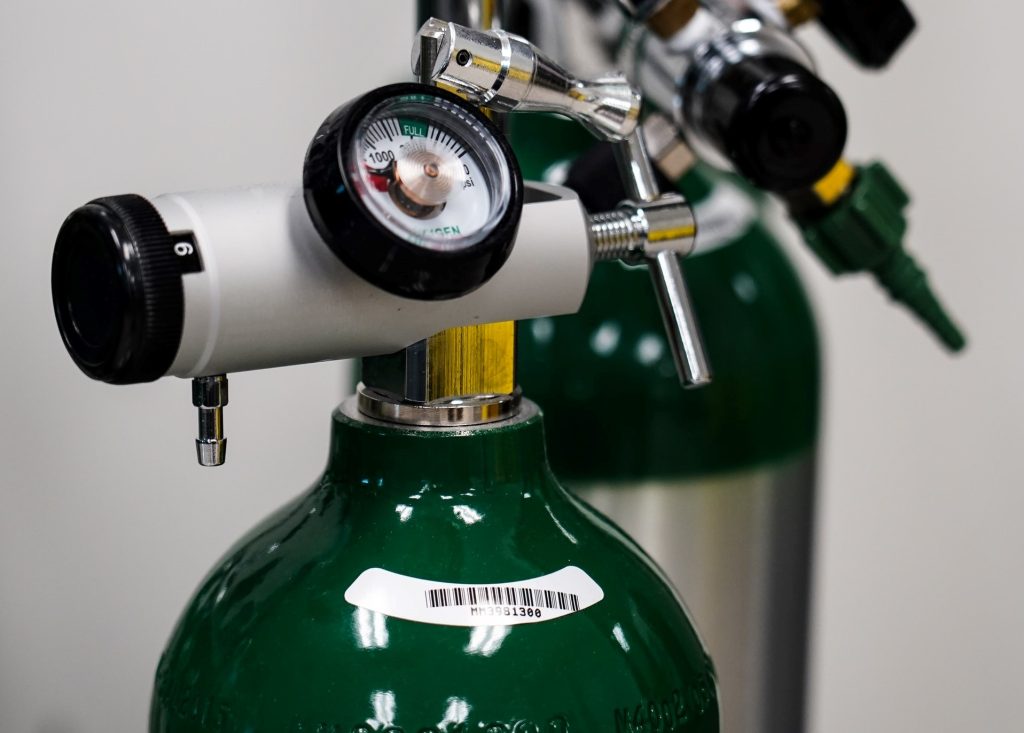
There were no differences in quality of life, symptoms, hospital admissions or mortality between a group of patients with pulmonary disease and low oxygen levels in the blood that received oxygen therapy at home for 24 hours a day, and a group that received the same therapy for 15 hours a day, according to a study in the New England Journal of Medicine.
“This has considerable significance for patients with chronic obstructive pulmonary disease and other pulmonary diseases who are undergoing long-term oxygen therapy at home,” says study leader Magnus Ekström of Lund University.
Every year, there are about a million patients in the US alone with severe sub-optimal oxygen levels who begin oxygen therapy at home. The patient must wear a nasal oxygen mask 24 hours a day, which is often felt to be restrictive and burdensome. In addition, the gas is cold and dry, which may cause problems such as dryness, ulcers and inflammation of the airways. Using the equipment may also be perceived as stigmatising by patients.
The aim of the therapy is to prolong life, but its application differs and the scientific evidence for the therapy’s efficacy has been inadequate.
In a randomised, controlled large multicentre study, the researchers have now examined the effect of different durations of oxygen therapy on important health outcomes. A total of 241 patients with chronic and severely low oxygen levels in the blood from 20 different clinics in Sweden were randomised to receive oxygen therapy for either 24 hours a day or 15 hours a day. The patients were followed for one year, and all completed the study. There was a high level of compliance with the prescribed daily therapy duration.
“There were no differences between the groups regarding hospital admission or the risk of dying. And again, when we compare self-reported quality of life and physical activity, symptoms and fatigue between the groups, we see no differences or indication of advantages if oxygen is used for more than 15 hours a day,” says Magnus Ekström, researcher in respiratory and palliative medicine at Lund University.
The results differ from previous studies conducted in the 1970s, which suggested that therapy for 24 hours a day could increase the survival rate.
“The older studies were small and only included patients with chronic obstructive pulmonary disease, not least because it is difficult to recruit such seriously ill individuals for a randomised study. Also, the patients included in the older studies differ from those who start oxygen therapy at home nowadays. The strength of this study is that we have been able to include twice as many patients, and that it represents the reality nowadays in which many of those receiving oxygen therapy at home are older, also have cardiovascular diseases and are women,” says Josefin Sundh, adjunct senior lecturer at Örebro University and pulmonologist at the University Hospital in Örebro, who was co-leader of the study.
“The group treated with oxygen 15 hours a day received this during the night when, in general, oxygenation is poorer. The results show that it seems to be safe for this type of patient to be without oxygen for quite a large part of the day. This is important as it may reduce the side effects of the therapy and mean that the patients can adapt it more to their everyday life,” says Magnus Ekström.
The researchers based the study on data from Swedevox, the Swedish National Registry for Respiratory Failure.
The researchers are now moving on to examine whether therapy using a high flow rate of warmed-up, more humidified oxygen at night can improve prognoses and patient well-being.
Source: Lund University

